Signs Of The Seasons: Spring
What exactly is going on beneath the surface at this time of year? Steve Briggs explains, and offers some advice on what we should consider as we try to bank a few carp…
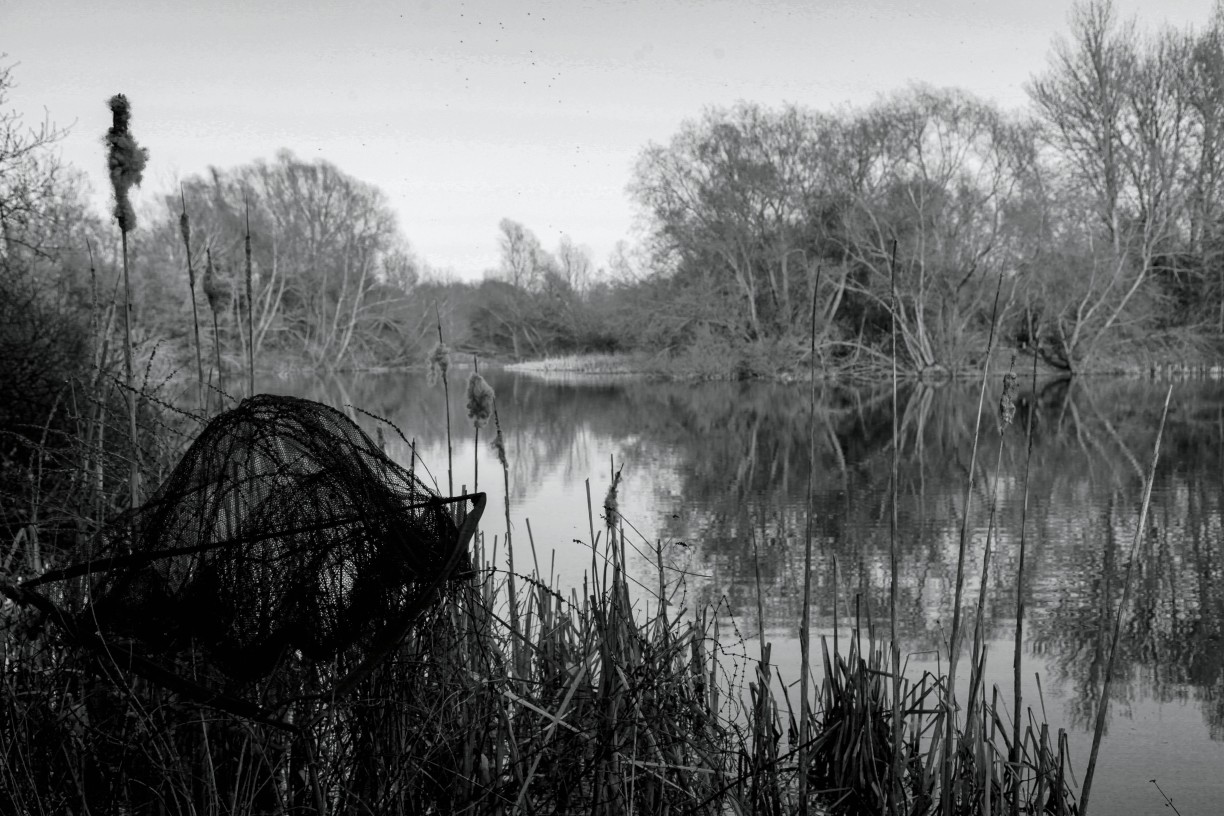
Personally, I love the spring, as a human being, at least. The fresh, green leaves on the trees and the air filled with birdsong are just a couple of the natural world’s joys that I can’t get enough of, and yet I wouldn’t say that spring is my favourite period of the year as an angler. It’s a time of great change, and that can work both for and against us. Think about it. The day before spring it’s winter, and the day after spring it’s summer. It’s obvious, I know, but in the cold light of day, it shows the changes that will happen in a relatively short time.
So when is spring? It actually depends whether you go by the astronomical, or meteorological dates, which sounds technical, and it is. The astronomical seasons take reference from the position of the Earth’s orbit in relation to the Sun, and considers equinoxes and solstices. This is due to the 23.5-degree tilt of the Earth’s rotational axis in orbit around the Sun (told you it was technical!). Seasons vary in length and can start on different days each year. This year (2022), astronomical spring starts on Sunday, 20 March, and finishes on Tuesday, 21 June, so probably a later start and finish than most would think.
I guess most of us would be more familiar with with the meteorological version, which is more straightforward in that it splits the year into four seasons, each one being of three months’ duration. As the name would suggest, this version lines up more with the monthly calendar, with spring starting on 1 March and ending on 31 May 31. For the sake of simplicity, we’ll just go with the meteorological version, as this is most recognised by carp anglers in general.
March is when most of nature starts to wake up from its winter slumber, and this can include carp. I say ‘can’, as there are few constants anywhere in carp fishing. It changes from water to water, but I think Steve Alcott was the first person I saw write that the carp waking up coincided with fresh buds appearing on trees and bushes—as usual, that was a great observation by him. This is all triggered by longer daylight hours rather than temperature changes. It can still be very cold in early March, but the daylight hours increase no matter what. Temperature and weather conditions will, however, help or hinder nature, to a greater or lesser extent, and so it’s almost impossible to say that you must do such-and-such at a specific time, or that you should be using so-and-so. It’s more about staying observant and reading the signs, before adapting accordingly, which all comes under the heading of ‘watercraft’, I guess.
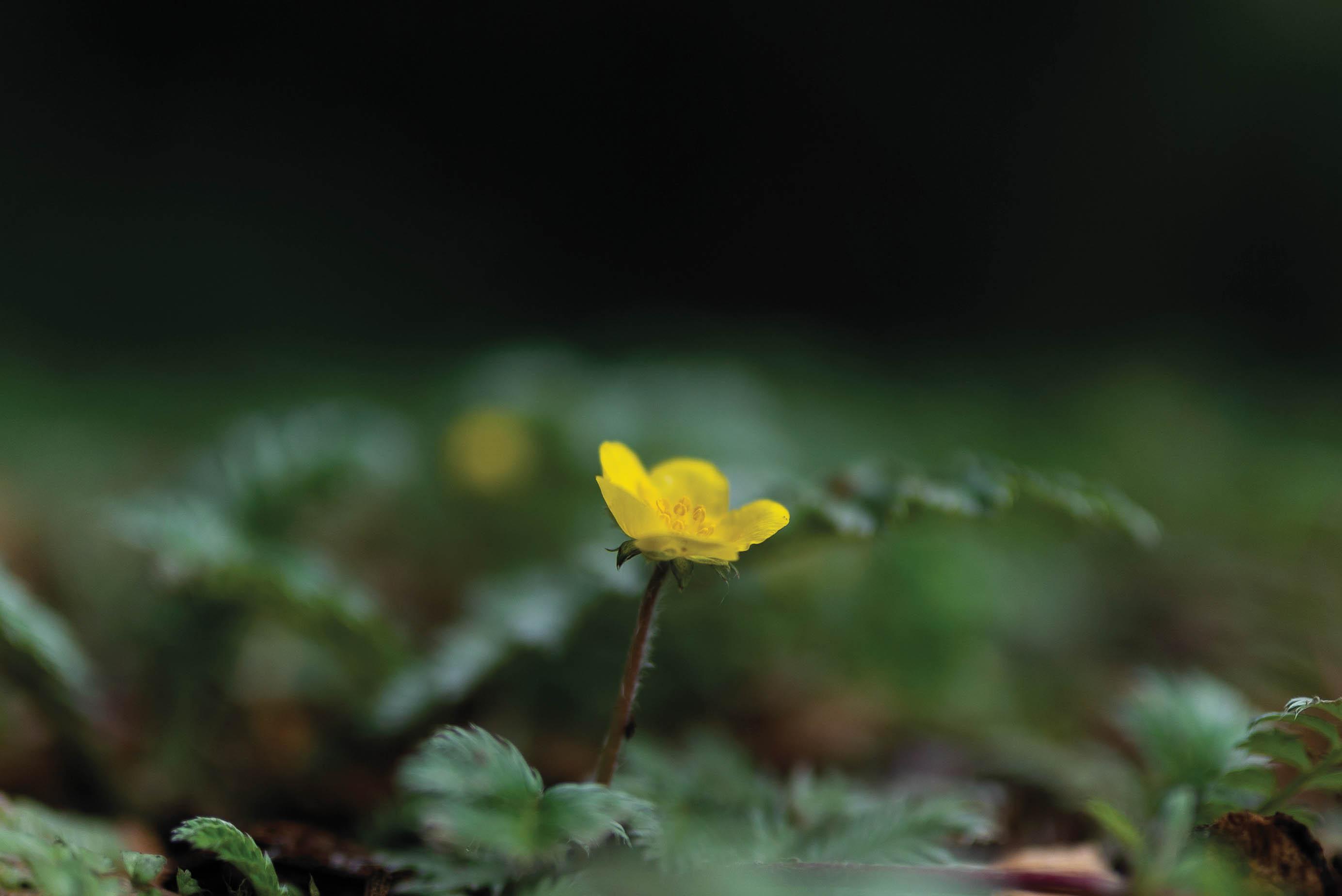
HOT SPOTS
So the carp are waking up and becoming a little more active, but what are they looking for, and what’s driving them? I’ve seen it written that the first thing carp need is plenty of food to replenish their lost energy, but I don’t really believe that’s the case. They will need food, for sure, but in my experience that requirement comes more slowly and gradually. For me, their main driving force in early spring is a need to find warmth. Cold-blooded animals need sunshine to warm them, and the odd degree here and there can make a lot of difference. The thing is, the location of areas of water warmed by the Sun will vary from venue to venue, which is why there can never be any hard and fast rules.
Two waters in the Colne Valley I know fairly well are both part of the same complex. Their make-up, however, is different, and as a consequence, so are the habits of the fish in each water. The smaller of the two lakes is also the deeper, on average, and has little in the way of features. Almost without fail every day, the carp can be found in the very top layers, between one and three feet below the surface, in ten to twelve feet of water. The larger lake is generally shallower, with many more features, but the carp will usually remain tight to snags and overhanging trees. Every year, the fishing can be quite productive, if you know the spots where they like to hold up, whereas large areas of the lake can be more or less devoid of fish for weeks on end.
So we have two different waters where the fish have very different habits. The common denominator, though, is that the carp will be found where they are most comfortable and where there’s also an element of safety, and as the old saying goes, if you can find them, you can catch them!
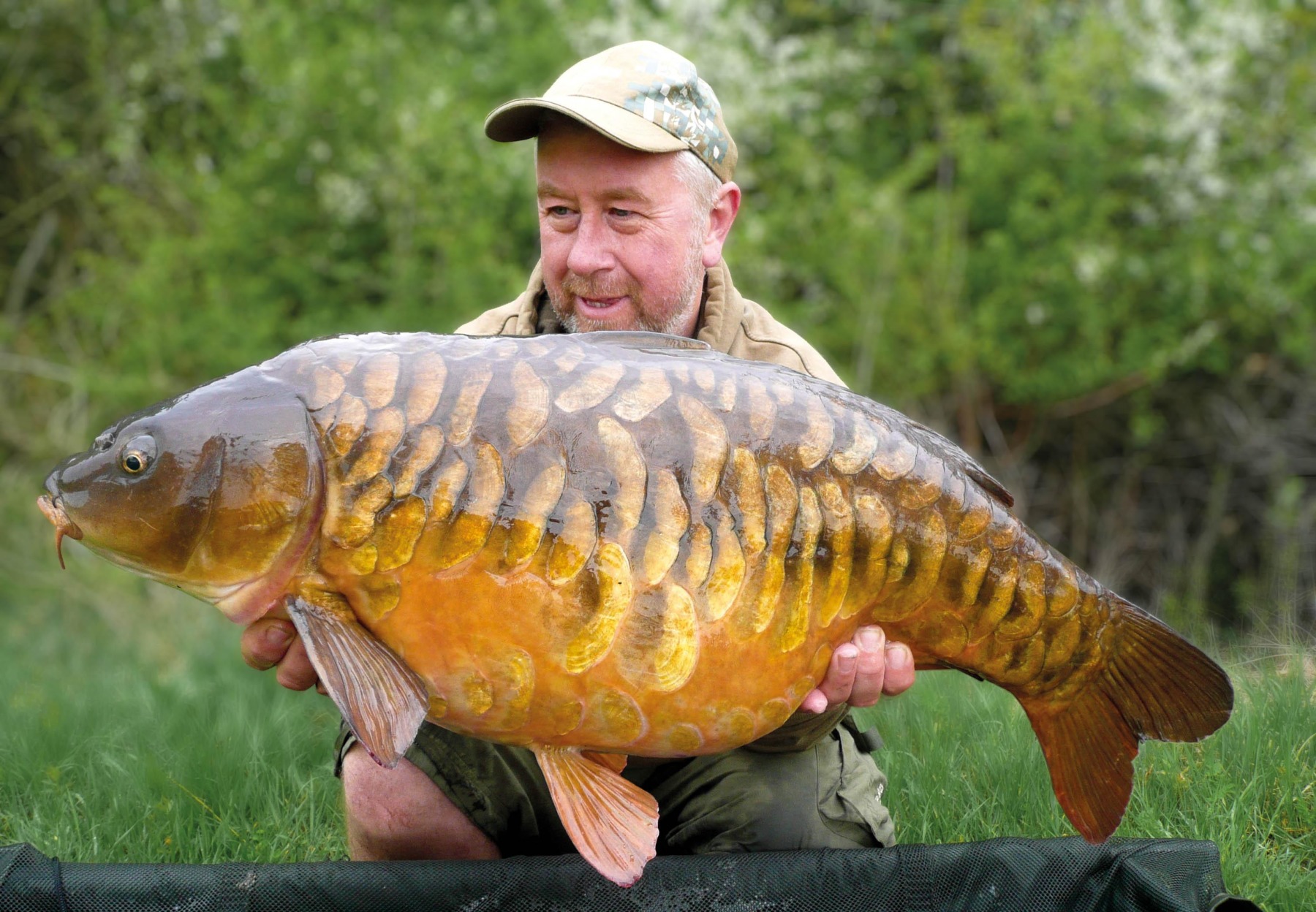
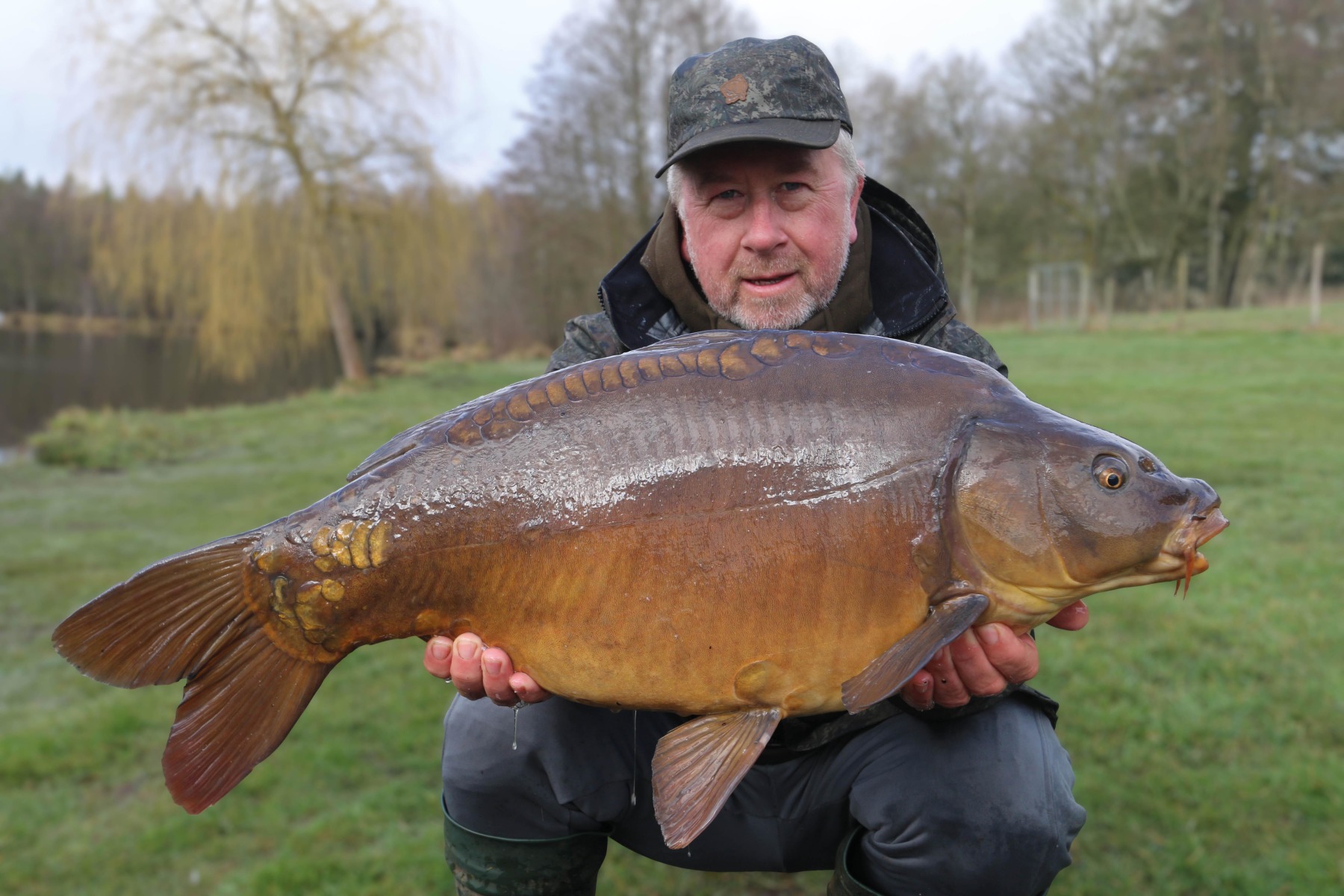
WIND PROBLEMS
Carp are used to finding warmer layers and areas, but they often rely on stable conditions to do so. One thing that can change things around a bit is the wind, and spring winds can work for or against you at times. Despite what we are often told, carp don’t always follow the wind, and there are plenty of times when fishing into it can be the worst possible tactic. A cold easterly or northerly could well drop the water temperature a degree or two, and that would be enough to see the carp steer well clear of those areas affected.
If the wind is strong enough, then it will also cause an undertow, which effectively moves the water around. The water in warmed areas, therefore, will eventually be dispersed, or at least diluted. Any wind from the north or east, I find better to avoid, if possible. I’m not saying that you shouldn’t go fishing, just try to keep out of the way of any winds blowing from those directions. If I can, I’m much happier fishing on the back end of these winds.
Winds from the south and west are likely to be a little more friendly, shall we say. Even these can be cold in early spring, though, so I’d still avoid fishing into them around that time. There may still be parts of any venue where the wind and any undertow don’t affect things too much, and I’d certainly be keen to check these areas out. They could be sheltered bays off the main body of water, or areas with features such as bars that inhibit water movement. In such areas, there will be a more stable environment. If you’ve ever swum in a lake in the summer, you’ll know how quickly you can go from being in warm, to much colder water, and just how much of a difference there can be between the two. Carp learn how to find the more stable areas where the temperatures remain more constant.
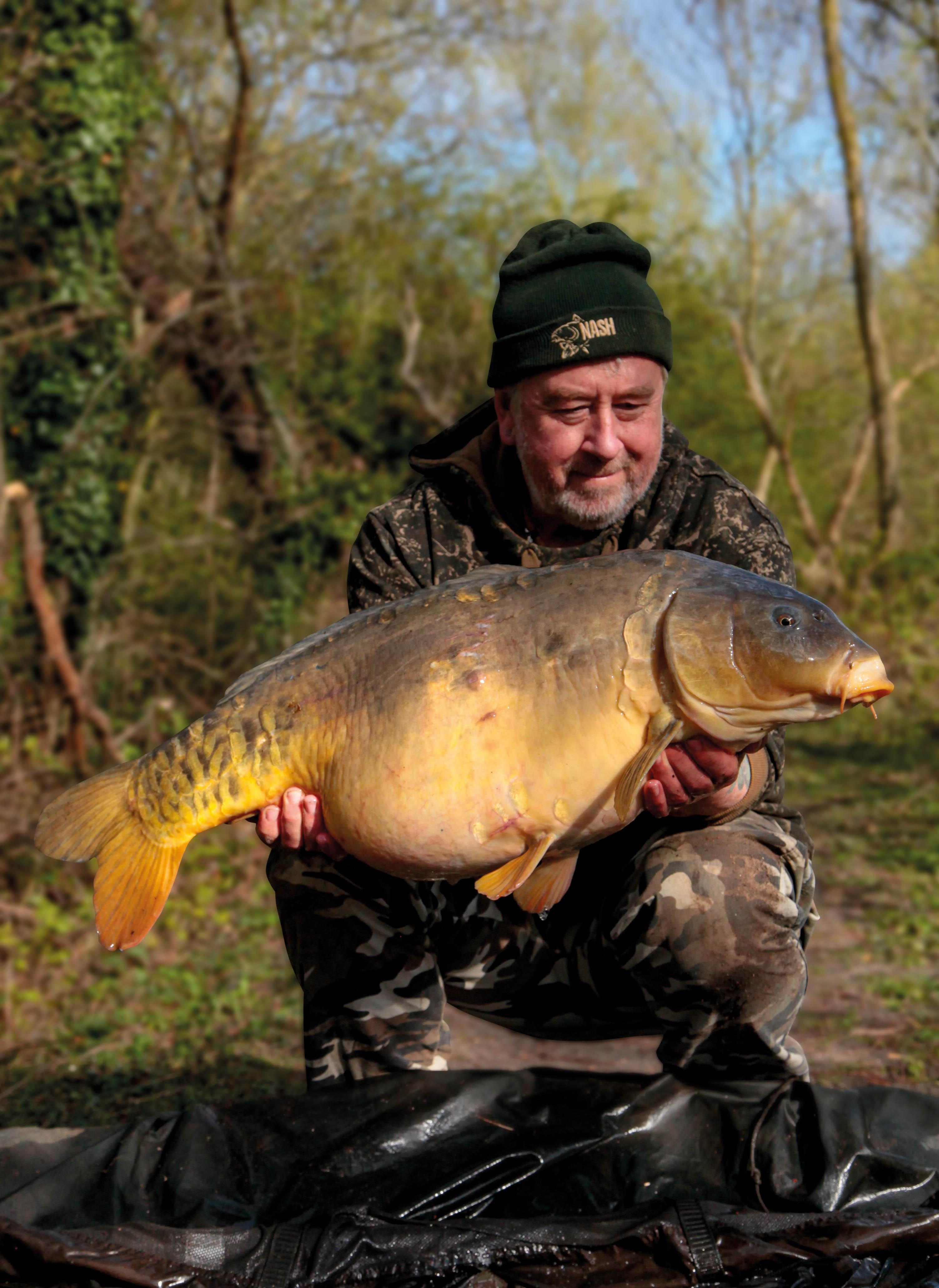
As spring moves through April and into May, the wind can have a totally different effect on the fish. The temperatures are on the up, and so the fish are likely to be far more active than they were just a few weeks earlier. It’s quite likely by this time, that the water temperature as a whole, will have risen considerably, and mild winds from the south and west, or even the north can produce oxygen-rich areas for the fish, where, they can build up energy levels and boost their appetites. I’d still try and avoid the east winds, and the old saying ‘When the wind’s in the east the fish bite least’ is never far from the truth!
I always find it strange with fish and their appetites. We will eat when we’re hungry, perhaps two or three times a day. Fish, however, seem to be triggered not by hunger, but by conditions. They will seemingly go off the feed for long periods, but by the same token, when conditions are right, they can feed for long periods too. If you’ve ever kept carp in an aquarium, you will know that after switching on the pump and aerator, they become much more active, and also more hungry. When you switch the devices off again, the fish become more lethargic and will eat only a fraction of what they did before. The same theory can be applied on a large lake. Nature, however, provides the aeration, and when it’s warm enough, oxygen levels will rise at the windward end, and an increase in the fishes’ appetite will follow.
So depending on the time of the year, and of course, temperatures and conditions, the wind can have very different effects on the carp, and the anglers who understand and recognise this, and who watch for the changes, will be the ones who are one step ahead of all the others.
HIGH UP, LOW DOWN
Finding fish is always a big percentage of the process of actually catching them, but getting the right baits in the right place is also a vital factor. Thermoclines are layered levels of water of different temperatures. In spring, carp are often reluctant to move away from the warmer sections and will often remain at certain levels. Fishing Lake Cassien in France, with its extreme depths, taught me so much about thermoclines: how important it is to find the right depth at any given time, and how being a little bit out either way can be the difference between catching and blanking. The same standards apply on UK waters. Depth ranges might be much reduced, but the principle is of equal importance.
I remember really well, the first time it was made obvious to me in the UK. I was fishing Johnson’s Railway Lake, a fairly deep venue and difficult at the best of times. Through the winter and into the spring, we caught absolutely nothing, but that wasn’t unusual, so we kept plugging away with our baits down on the bottom, hoping for something to happen, but it didn’t. Then one day, a diving group had a morning out in the lake, and what they told us made a whole lot of sense. They weren’t anglers, but they said that right across the lake, in 15 to 18ft of water, all the fish were at the same level, 4 to 6ft under the surface. The fish they’d seen included roach, tench and carp. This was long before Zigs became popular, and we soon realised how much time we had wasted with our baits 10 to 12ft below any fish, way down in the colder depths where they probably never ventured until it was much warmer.
I don’t particularly like fishing Zigs, but I like catching carp much more than sitting behind motionless indicators, and in the spring, I find it the most productive method on some waters. Getting the depth right is so important, as our experience at Johnson’s underlined.
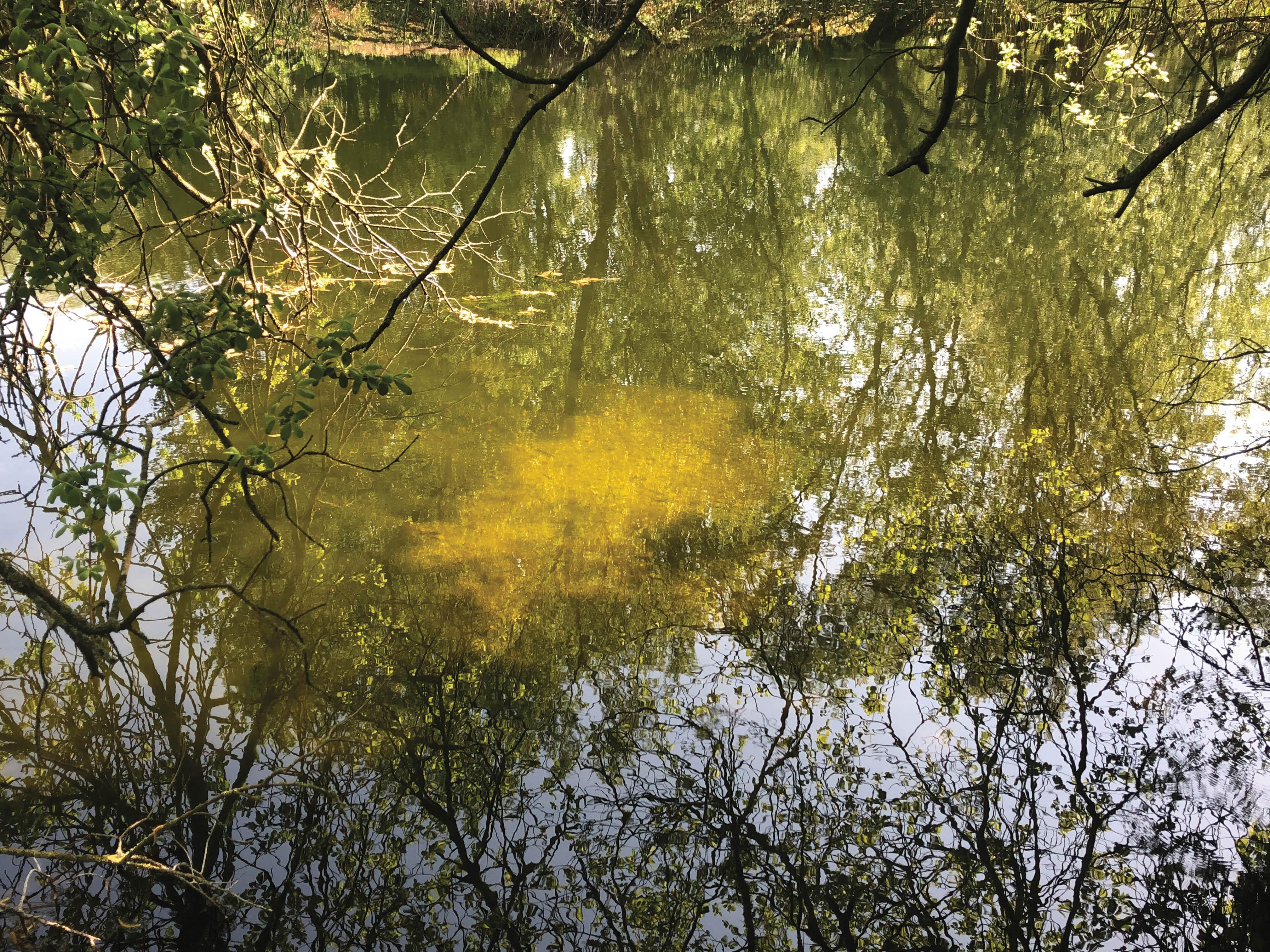
Generally speaking, just over half depth is a good starting point, but for the most part, I’ve found the fish to be higher up in the water. On a lake, for sentence, with depths of 11 to 12ft, the shallowest productive depth was 7ft off the bottom, but most of the time they would be up around 8 or 9ft off the bottom, especially if the sun was out, and adjusting the depth one way or the other would often bring a quick result.
There are other ways of fishing shallow on any water, and certainly anywhere with the right depth is potentially worth checking out. High bars and shallow bays have produced plenty of fish for me in the past, as have margin spots. It doesn’t matter how quickly the margins drop off, it’s going to be the right depth somewhere, and given the choice, I’d rather have a normal rig on a shallow spot, than a Zig out in deep water; it’s a matter of what’s the best option on the day.
There will always be exceptions to any of these supposed rules, however. I have seen fish caught on the bottom when I thought they were all in the upper layers, and have also seen them caught on the end of easterly winds when they had no right to be there. Such exceptions, though, are just that, and it’s always best to try and stack the odds in your favour.
Air pressure will also have a certain bearing on how the fish behave. High pressure and bright, sunny days are fairly synonymous with spring, and high-pressure conditions only make it even more likely that the fish will frequent the upper layers. I believe, though, that the effect of any thermocline will override that of air pressure, and in deeper waters, low pressure is unlikely to get the fish moving in the lower regions.
I spent a fair bit of time last year on Kingsmead Island Lake, and it was quite clear that in the spring, the fish kept very much to the shallowest end of the lake. Sometimes, they did venture up the lake, but of the few fish caught up the top end, most were taken from the shallower parts, the tops of humps, bars, etc.
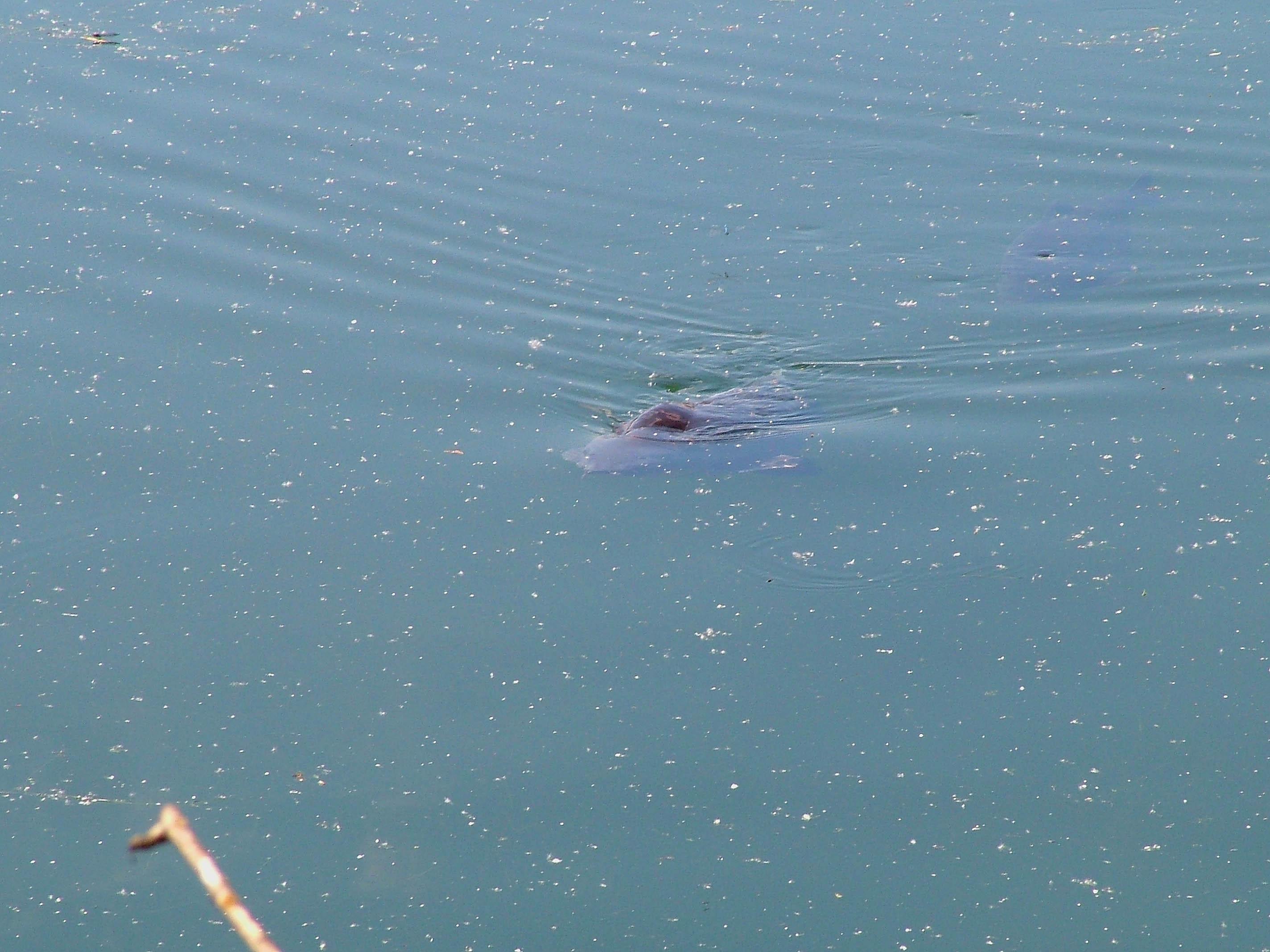
FRUIT AND SALT
As mentioned, spring, particularly early spring is not a time for heavy feeding. Once again there will be exceptions, but for the most part it’s a time to tread carefully and not ruin your chances from the start. Carp will feed and they do get caught, so it’s a matter of recognising what the carp need and want.
It’s become an accepted fact that carp are attracted to salts in the spring, and rock salt is the most popular option. I’m no scientist and I can’t tell you with any certainty, exactly what the carp need, nutritionally, but if enough fish get caught over salted areas or on baits that include salt, then you can accept that it’s something they want, and perhaps need come spring. A few spods of rock salt with a single over the top has caught plenty of fish, big ones too, but you have a number of options, such as including it in a small-particle mix to provide something more visual and a little more in the way of food. I like the addition of particles—hemp in particular—at all times of the year, but it’s no secret how effective sweetcorn can be in the spring. On some waters tiger nuts can be the top bait going from winter into spring. I’ve never really worked out why, but I’m not going to ignore the results I’ve seen over the years.
If there’s one bait that screams out to be used in the spring, it has to be the bright, boosted single. It’s nothing new, though. I’ve been using them for more than thirty years, but they keep on working, so I keep using them. Do colours make a difference? There are certainly trends at different times, when everyone is catching on pink or yellow, but is that just because most people end up using the same colours? There have been occasions too, when a change of colour has worked for me, so I guess on the day, different ones will work, but I’m a bit sceptical and not too worried whether it’s a pink, a yellow or a white bait.
Fruity flavours are the way forward, and it’s certainly a time to leave the oily, fishy baits in the cupboard. I’ve never found one flavour to be better than another, and this is probably more due to the fact that most fruit-type flavours have alcohol bases and as such, they disperse much better in cold-water conditions. I’ve dabbled with single flavours, and all sorts of combinations in the past, but Nash seem to have come up with one which is as good as anything I’ve used, and Citruz is now my go-to bait for fishing singles and attractor baits in the spring.
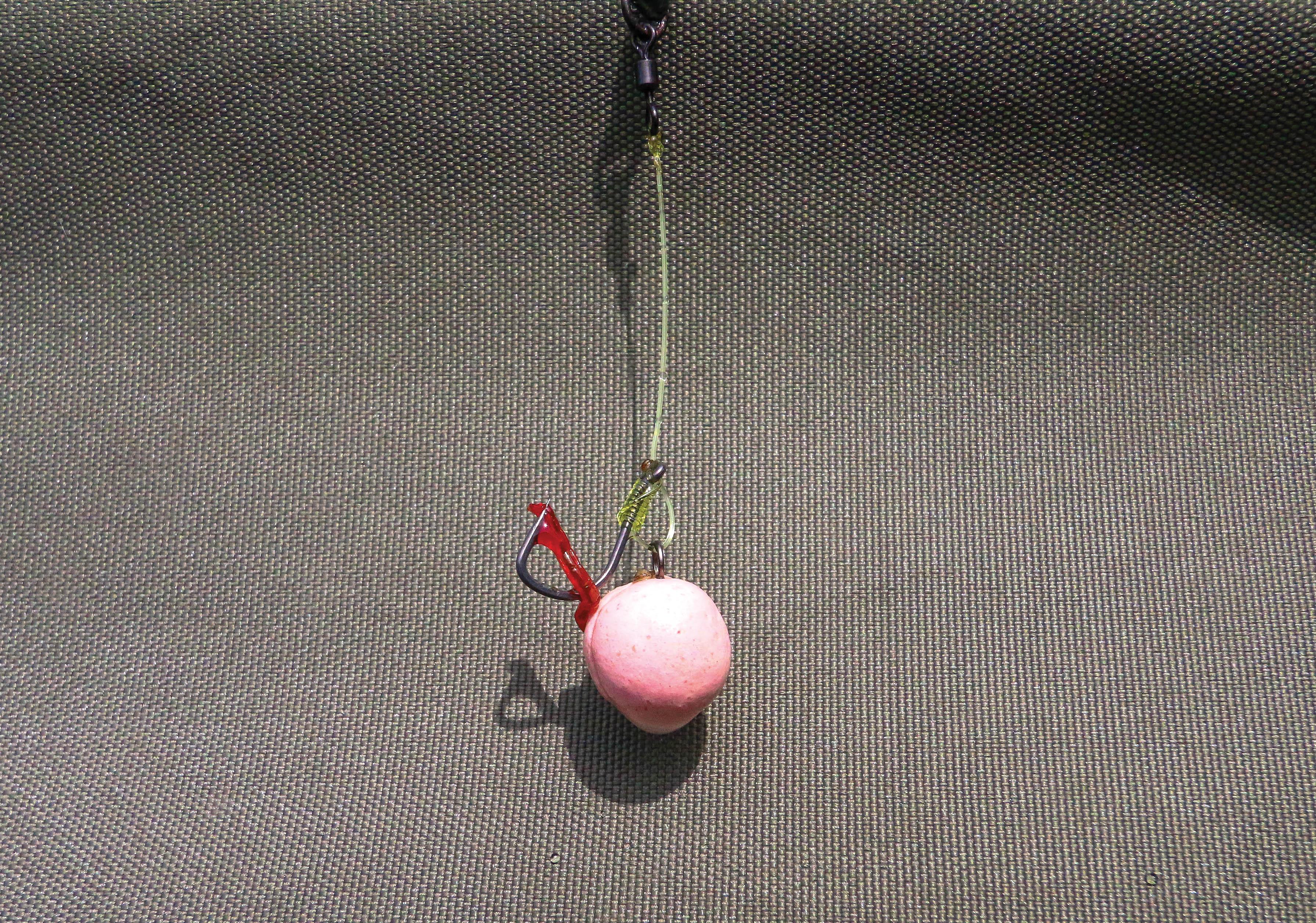
There normally comes a time in late spring when the fish become a lot more mobile, and they will start to move into areas that they have left alone before. It’s a lot more noticeable on some waters than others, but it happens on most. It was particularly noticeable in the old days of fishing the Mere. There, the carp would be active at the start of spring and there was always a chance of catching one or two. I was always there early spring myself, and although I always saw activity early on, I never actually caught anything at that time. It was when the carp started to come into the margins that, for me, they became catchable, and that would always be late spring. You could never predict exactly when this movement would occur, but it would happen at some point, and the only way of really knowing they’d begun to come in was by keeping certain spots lightly baited and monitoring them. At some stage, the bait would suddenly disappear, and then on it was game on!
Some years, this movement would take place later than in others. I remember one cold spring when it was indeed a few weeks later. The weed had already started to grow, and it was beginning to cover the spots I was baiting. I was beginning to wonder whether the same thing would happen at all, and then one day, I arrived to find the weed ripped up and the bait all gone. Even though spring can be quite unpredictable as a whole, there will be things going on that continue to happen year in, year out. Okay, the timing of these events may vary somewhat, but it is down to the angler to recognise the changes taking place, as they will happen, for sure.
Once that switch is flicked, things start to change quite fast. During the latter part of spring, of course, we start to look towards summer. The fish will begin to feed more heavily and more frequently as they start to prepare for spawning. This could take place in spring, but it’s unlikely. Nature’s driving force, though, will tell the fish that they need to build up their energy levels and reserves. They will be willing to eat a greater variety of food, and that will include fishmeals and suchlike.
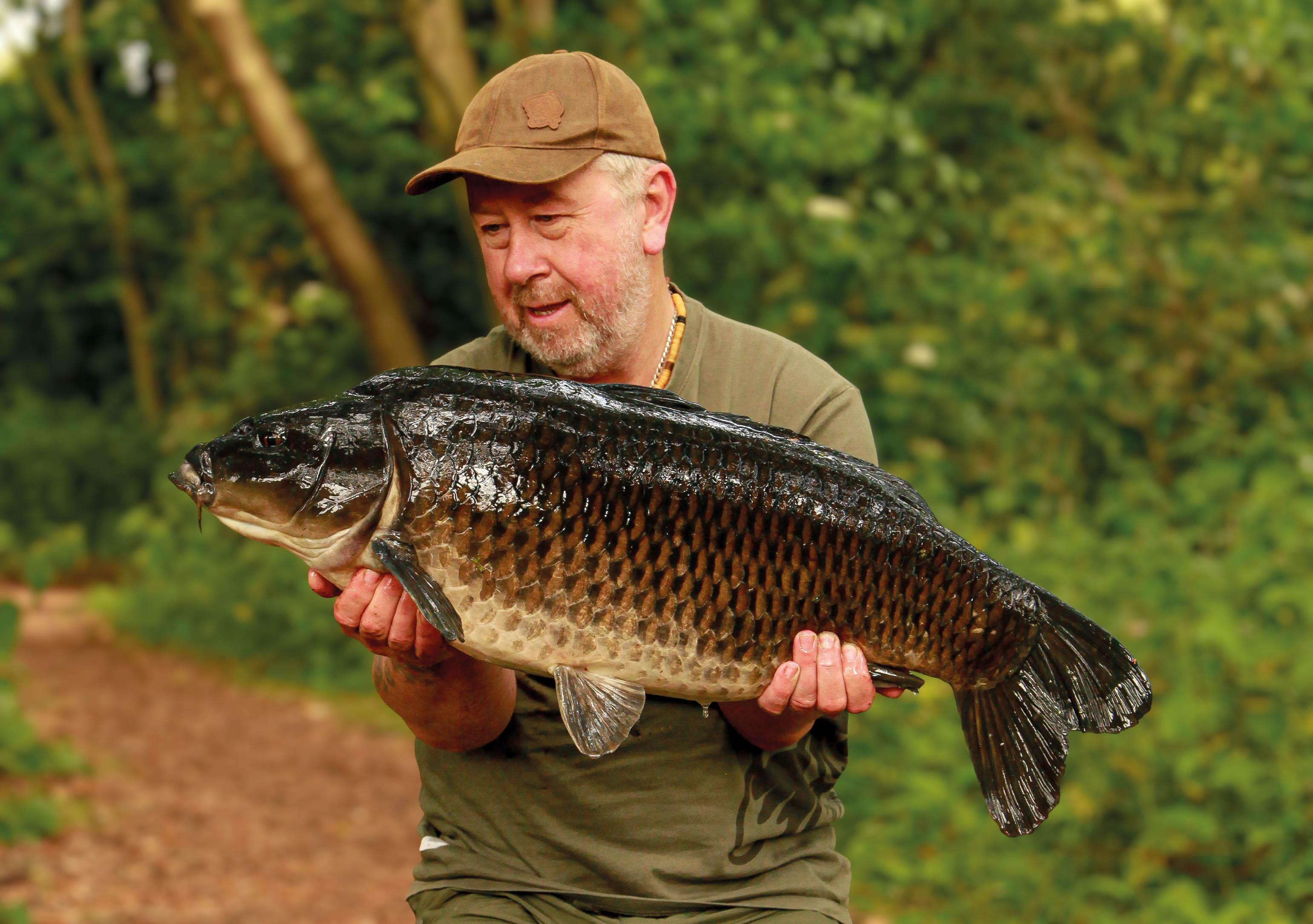
Late spring is definitely a time when catches start to increase, and yes, it’s also a time of year when some of the biggest fish can be caught at their best weights. Many anglers will focus most of their attention on trying to catch their target fish, or searching for that new PB. As with much of spring, however, it’s still quite a brief window of opportunity, one you have to be right on the ball to make the most of, as before we know it, things will be moving on again and into the next stage of the year: summer!





